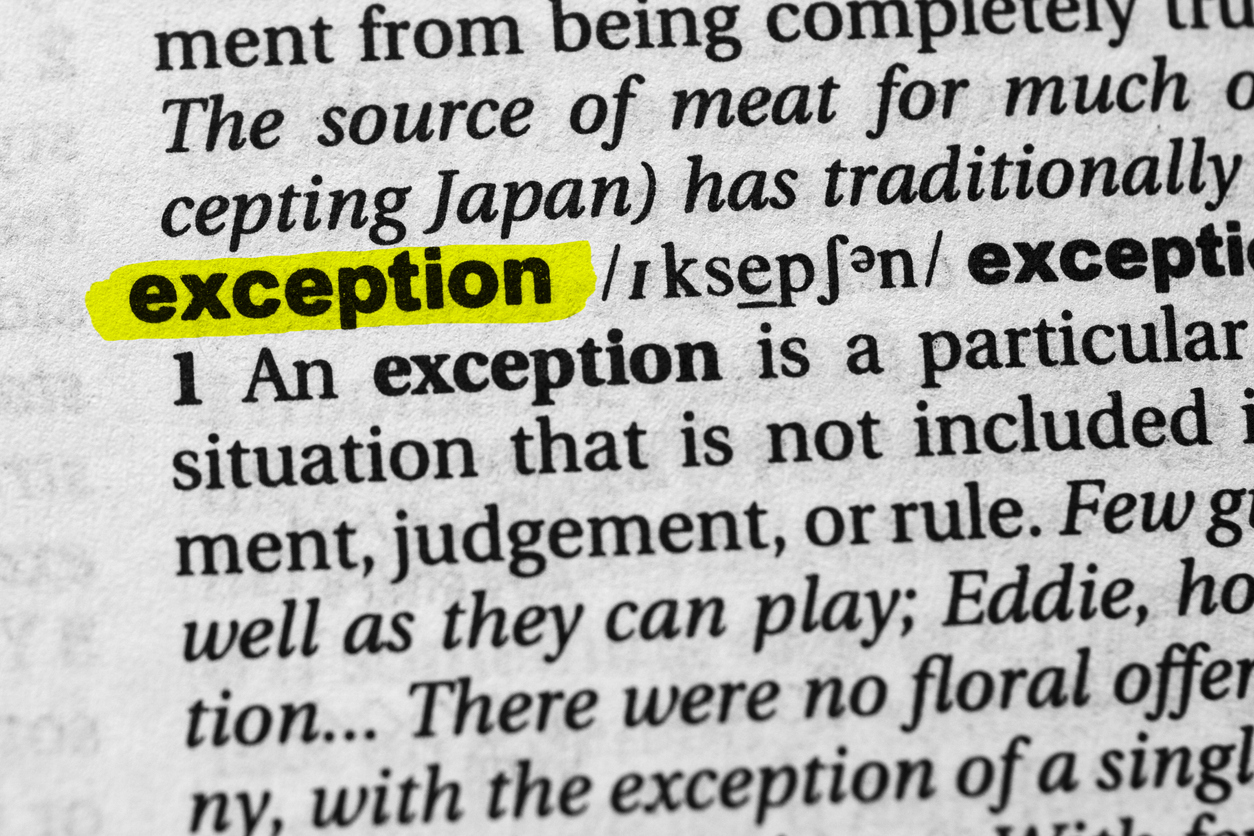Coverage litigation is sometimes a game of interpreting the language of a complicated document, the insurance policy. Doing so is not always easy, and things are not always as they seem. This post is a reminder to study When Words Collide: Policy Interpretation Doctrines and the 10 Commandments. Understand your Insurance Policy Better—RTFP!
A recent Washington ruling highlights the importance of studying the policy in detail to find critical pathways to success, even where the case may look doomed. 1 Craig Spurlock lived in Washington state and had a State Farm homeowners policy. In a storm, rainwater accumulated in the crawlspace under the house due to a sump pump backup. As explained below, under the policy terms, if the sump pump was located “inside the interior” of the “dwelling,” then the loss was covered. The sump pump was physically located in the crawl space under the house. Seems like it’s excluded, right? That’s what State Farm argued when denying the claim. It was wrong.
Mr. Spurlock’s policy included a Back-up of Sewer Drain (BUSD) endorsement, which covered water back-ups only if the water comes from “a sump pump . . . located inside the interior of the dwelling …” (emphasis added). The policy then defined the term “dwelling,” which contained two similar but separate key terms, “structure” and “building structure.” Specifically, the Policy defined “dwelling” as “the building structure” as well as “structures attached to the dwelling.” The court then looked for the definitions of the two terms “structure” and “building structure.” Since the terms are different and found in the same clauses, the court found that they should not be interpreted as being the same thing. The Policy specifically defined “building structure” as “a structure fully enclosed with permanent walls and a roof” that includes “the foundation supporting the structure, including…crawl space walls.” For the undefined term “structure,” the court followed the common maxim of turning to dictionary definitions. It noted that Webster’s defined “structure” as “something constructed or built.”
The critical question was whether the sump pump was itself attached to the foundation walls under the crawl space or located inside a “structure” that was itself attached to the foundation walls. Here, it was undisputed that the sump pump was located inside a “buck-out,” a small structure that housed it and held it in place. Further, the “buck-out” was undisputedly physically attached to the foundation walls in the crawlspace. Applying these facts to the policy, the court held that the buck-out was obviously itself a “structure” and that “structure” was itself “attached” to the foundation walls in the crawl space, which constitutes a “building structure” and, therefore, a “dwelling.” Thus, the sump pump, located underneath the house in the crawl space, was sufficiently located on the “interior of the dwelling” to support coverage.
As this case shows, never give up without a thorough policy review just because a denial based on a complicated policy sounds right. It may very well end up being wrong.
A related blog for those interested is What is Covered Under Structures Away from the Residence Premises, written by my Chicago Merlin Law Group colleague Christina Phillips.
Thought For The Day
“Our greatest weakness lies in giving up. The most certain way to succeed is always to try just one more time.”
—Thomas Edison
1 Spurlock v. State Farm Fire & Cas. Co., 2:23-cv-00467 (W.D. Wash. Dec. 6, 2024).




